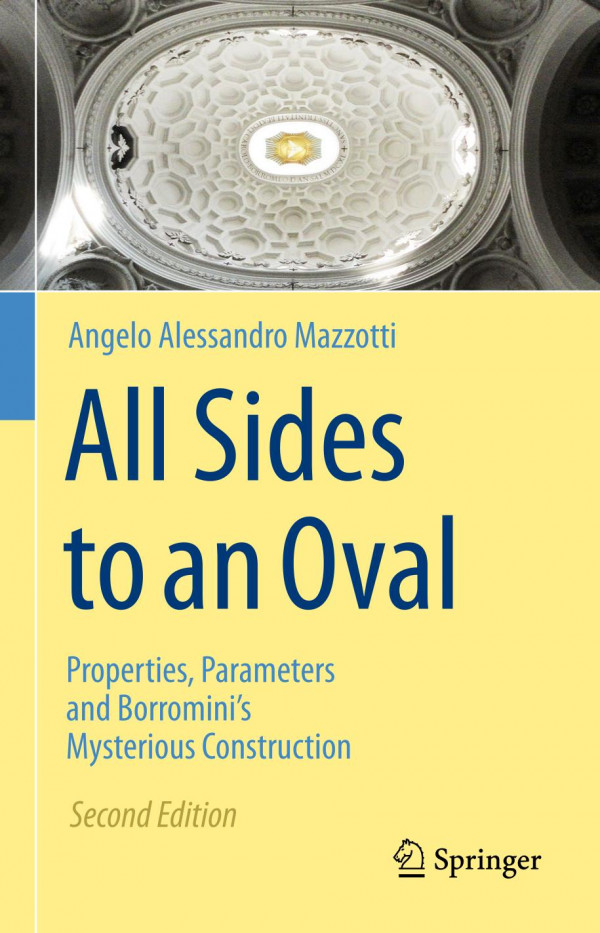

Most ebook files are in PDF format, so you can easily read them using various software such as Foxit Reader or directly on the Google Chrome browser.
Some ebook files are released by publishers in other formats such as .awz, .mobi, .epub, .fb2, etc. You may need to install specific software to read these formats on mobile/PC, such as Calibre.
Please read the tutorial at this link: https://ebookbell.com/faq
We offer FREE conversion to the popular formats you request; however, this may take some time. Therefore, right after payment, please email us, and we will try to provide the service as quickly as possible.
For some exceptional file formats or broken links (if any), please refrain from opening any disputes. Instead, email us first, and we will try to assist within a maximum of 6 hours.
EbookBell Team

0.0
0 reviewsThis is the second edition of the only book dedicated to the Geometry of Polycentric Ovals. It includes problem solving constructions and mathematical formulas. For anyone interested in drawing or recognizing an oval, this book gives all the necessary construction, representation and calculation tools. More than 30 basic construction problems are solved, with references to Geogebra animation videos, plus the solution to the Frame Problem and solutions to the Stadium Problem.
A chapter (co-written with Margherita Caputo) is dedicated to totally new hypotheses on the project of Borromini’s oval dome of the church of San Carlo alle Quattro Fontane in Rome. Another one presents the case study of the Colosseum as an example of ovals with eight centres as well as the case study of Perronet’s Neuilly bridge, a half oval with eleven centres.
The primary audience is: architects, graphic designers, industrial designers, architecture historians, civil engineers; moreover, the systematic way in which the book is organised could make it a companion to a textbook on descriptive geometry or on CAD.
Added features in the 2nd edition include: the revised hypothesis on Borromini’s project for the dome of the church of San Carlo alle Quattro Fontane in Rome, an insight into the problem of finding a single equation to represent a four-centre oval, a suggestion for a representation of a four-centre oval using Geogebra, formulas for parameters of ovals with more than 4 centres and the case study of the eleven-centre half-oval arch used to build the XVIII century Neuilly bridge in Paris.